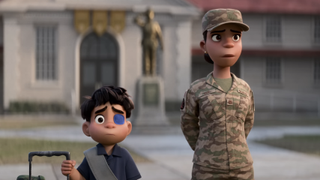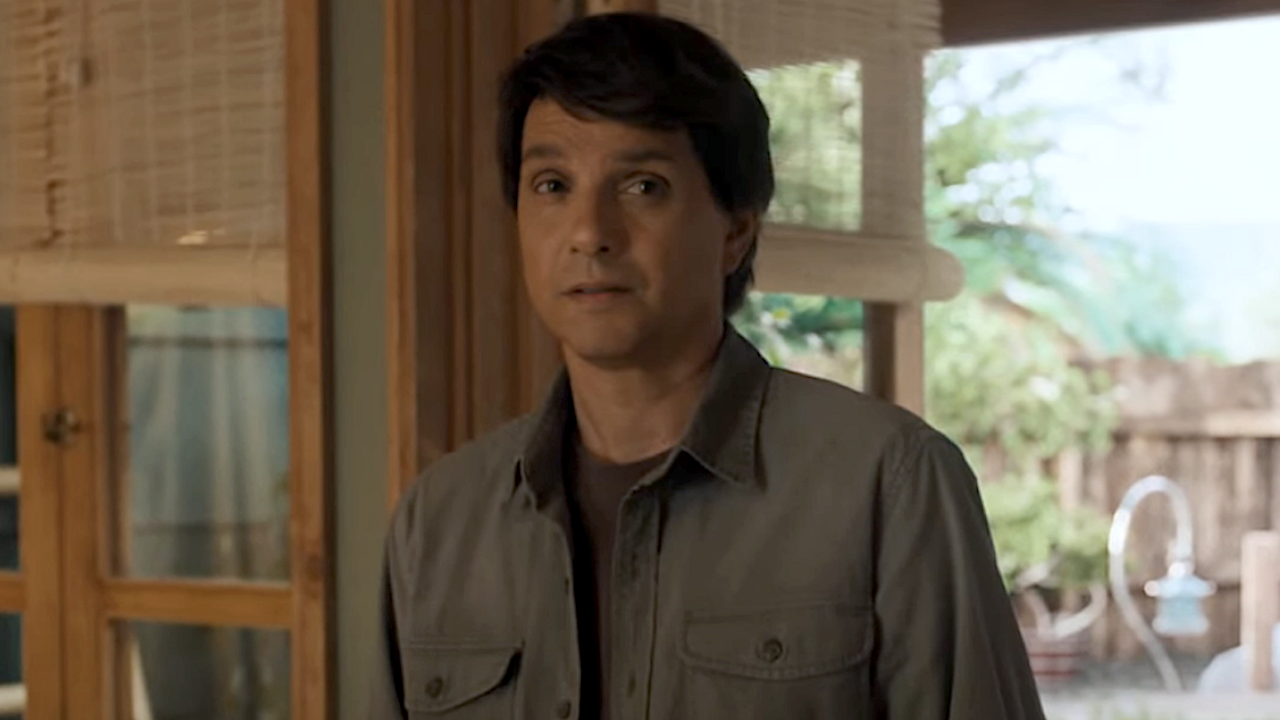Pixar
Latest about Pixar
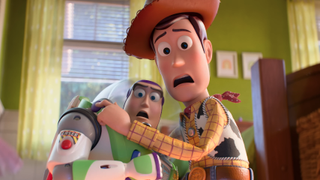
I'd Never Thought About Wrapping On An Animated Movie, But Tim Allen Revealed Why His Last Day On Toy Story 5 Was Pretty Weird
By Sarah El-Mahmoud published
"Good work, get out".
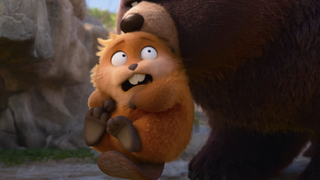
Meryl Streep Is Officially In The Pixar Movie Hoppers, But I Was Caught Off Guard By Who She’s Playing
By Sarah El-Mahmoud published
The Oscar winner is in her first Pixar film!

Toy Story 5 Director Addresses Fans Who May Feel ‘Robbed Of Their Trilogy’ Due To Newer Films, And I Agree
By Eric Eisenberg published
The next chapter in the Pixar franchise arrives next year.
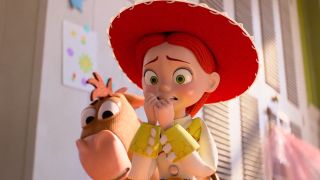
Many Toy Story Fans Are Asking The Same Question After Seeing The First Footage From Toy Story 5
By Dirk Libbey published
Just what is going on in Bonnie's room?

The First Toy Story 5 Trailer Confirms Returning Character That I Forgot Existed In The First Place (But Still Love)
By Sarah El-Mahmoud published
They're back!
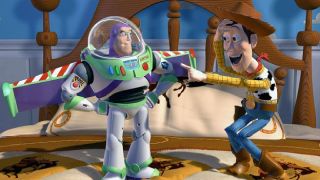
Ahead Of Toy Story 5’s Release, Tom Hanks Explained Why ‘About 80 Minutes’ Of The Original Movie Had To Be ‘Completely Thrown Out’
By Adam Holmes published
That's a lot of work to just be shelved!

Toy Story 5: What We Know About The Pixar Sequel So Far
By Jason Wiese, Hugh Scott last updated
Pixar is opening up the play chest for another adventure with the upcoming Toy Story 5.

Tim Allen Reveals Toy Story 5 Scene That Sounds Like Pure Heaven For Buzz Lightyear Fanatics
By Nick Venable published
To infinite Buzzes...
CINEMABLEND NEWSLETTER
Your Daily Blend of Entertainment News
LATEST ARTICLES
